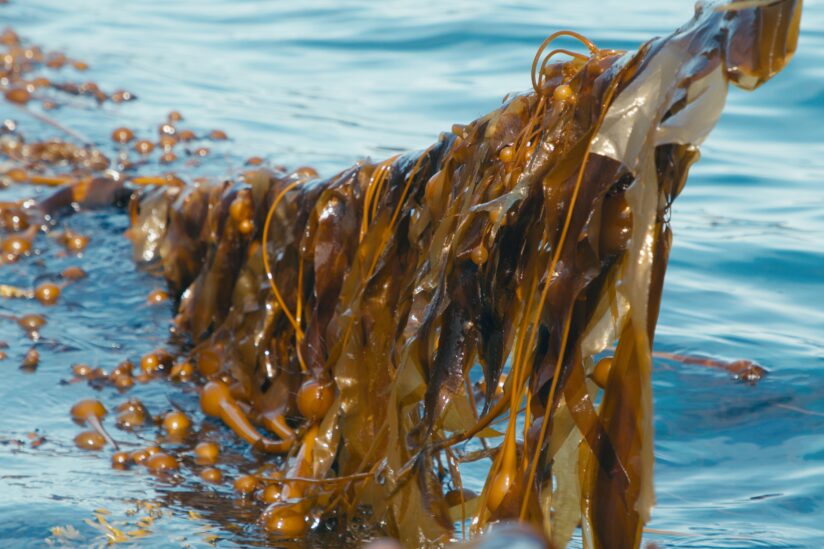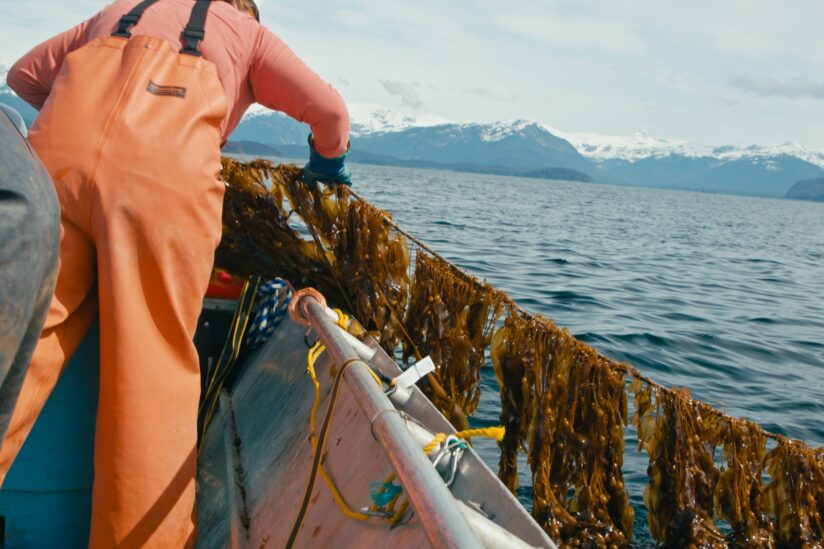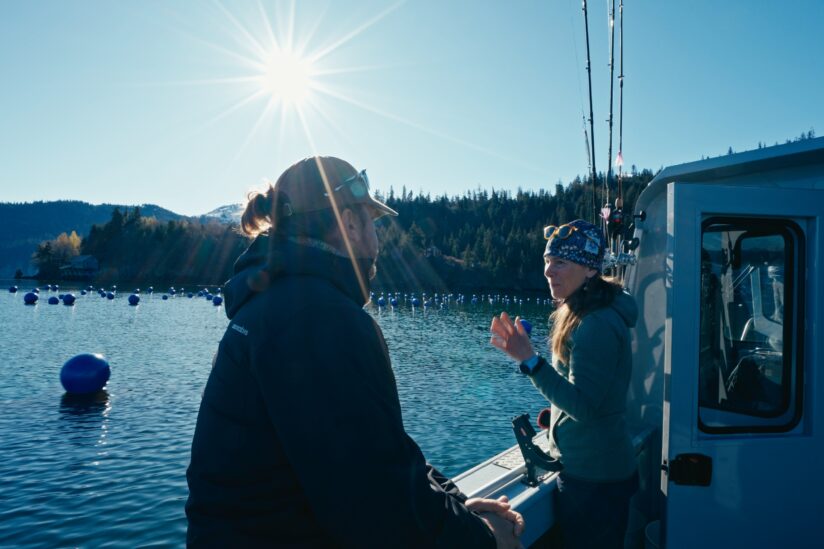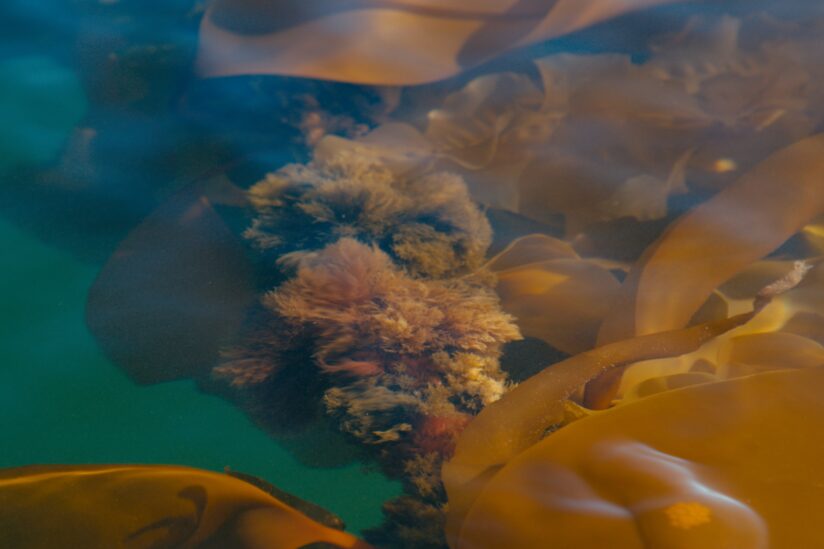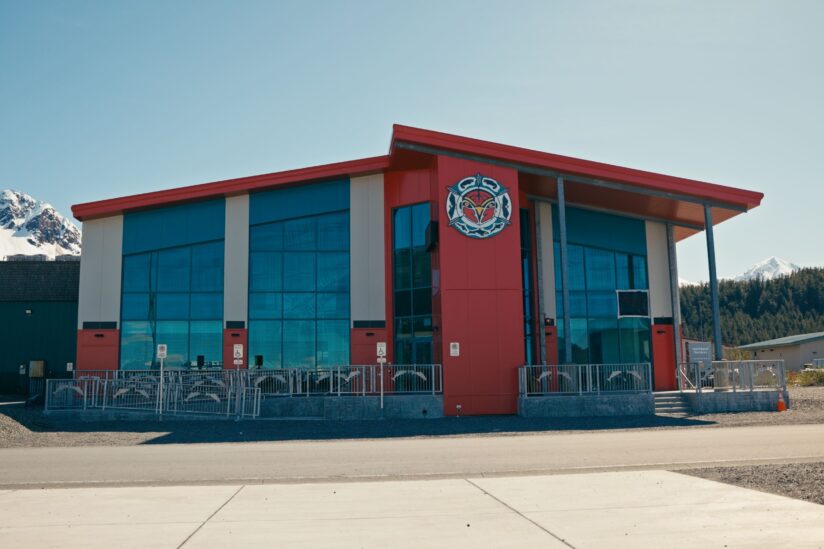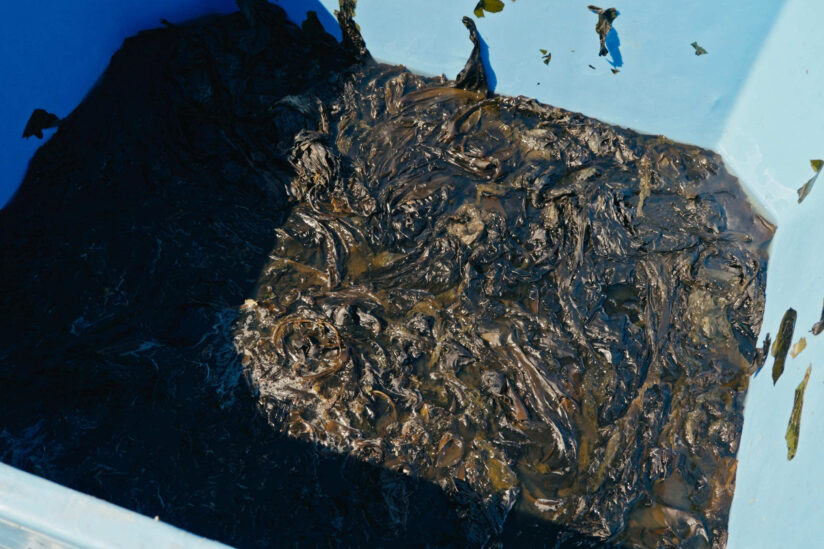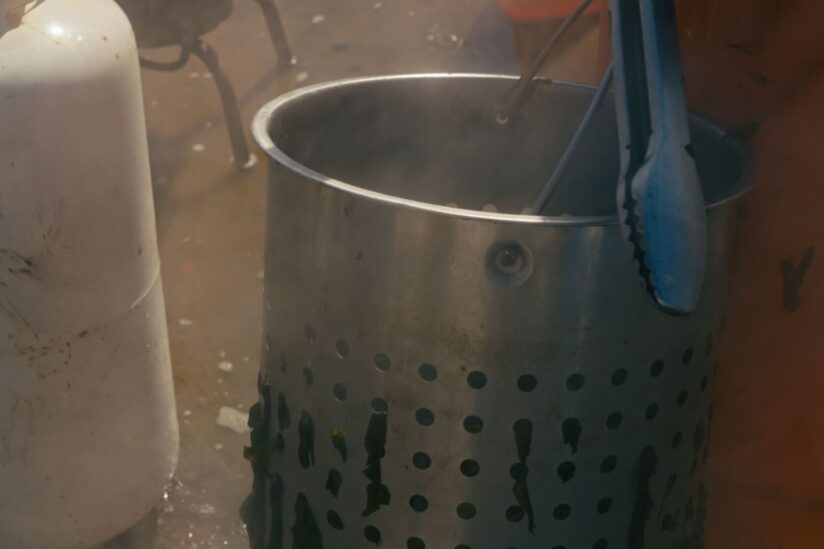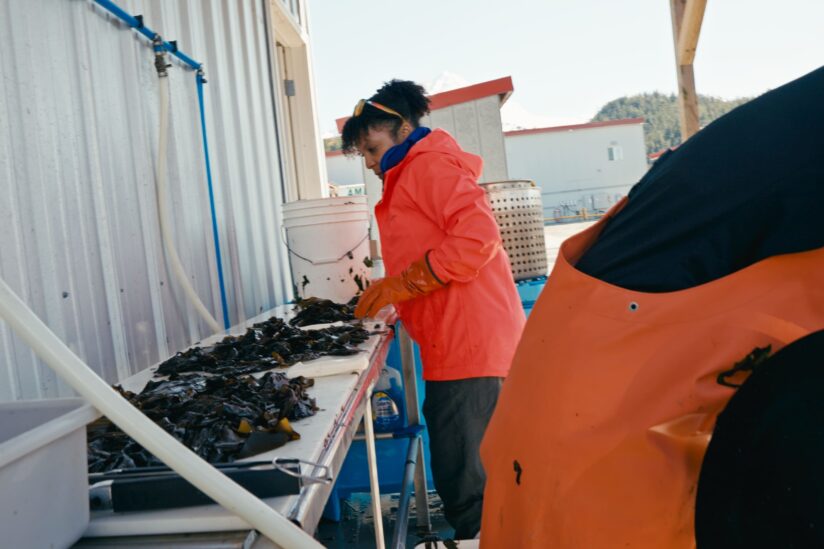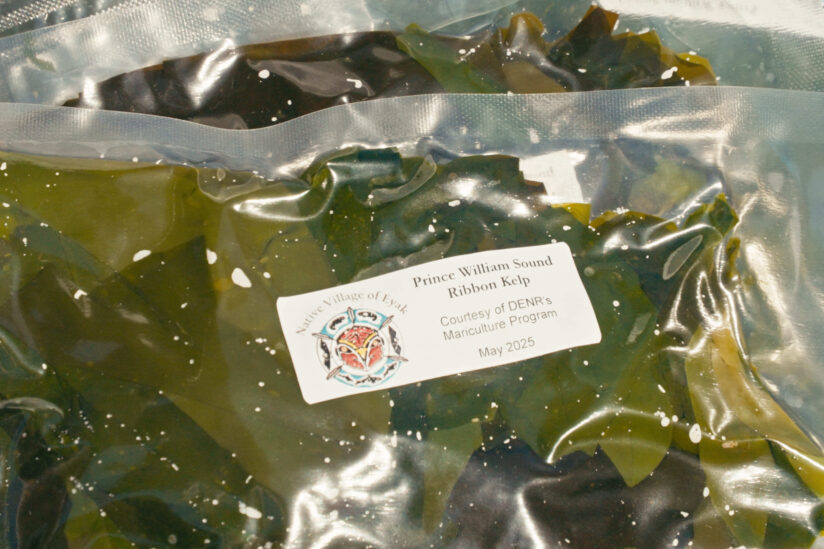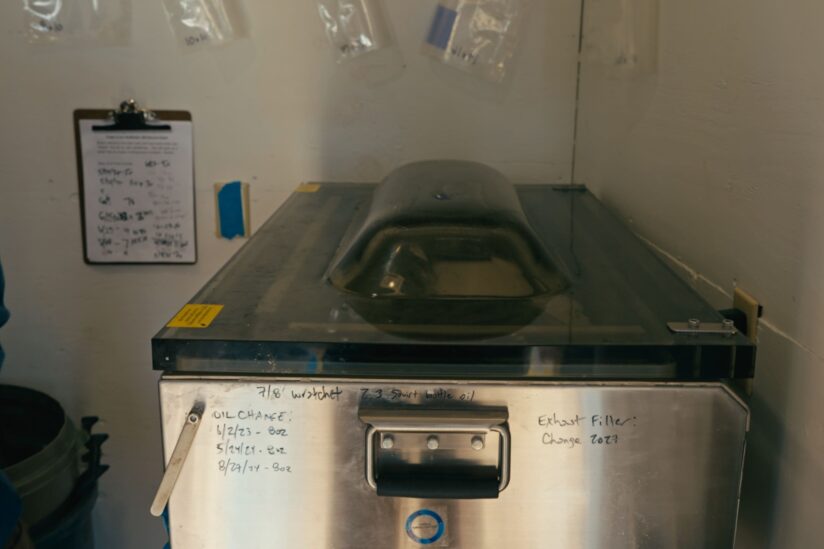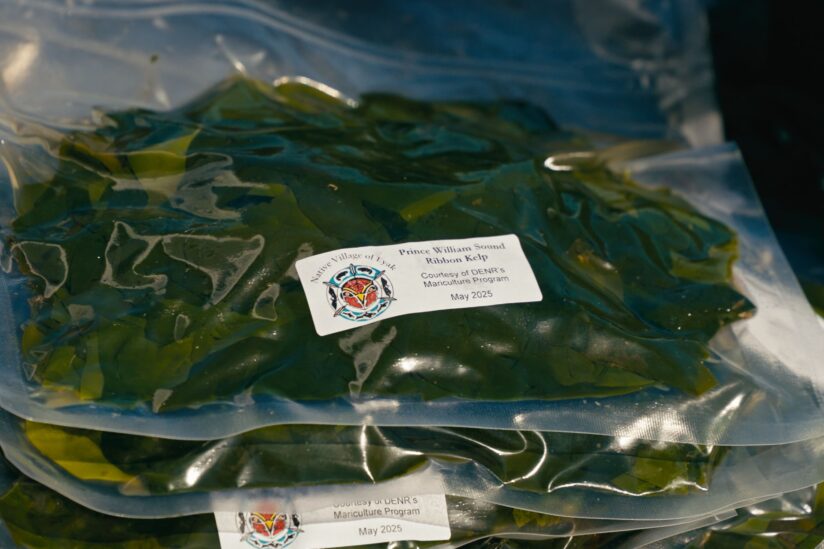Future Outlook
Alaska Seaweed InsightsThe opportunity for kelp farming in Alaska is significant, yet mirrors challenges similar to those other regional industries face, such as high transportation, labor, and energy costs. Success depends on effectively addressing and managing these cost factors, which could involve implementing pricing strategies and finding innovative ways to navigate and mitigate these challenges. The current surge of interest in kelp farming highlights the potential for growth and innovation in this dynamic sector, pointing towards a promising path for local development and expansion.
Future of farming
We asked each farmer about their ambitions to expand and the main factors that limit their farm’s potential growth. Farmers were also asked to list the major production challenges they face and changes that could help improve farming outcomes.
Farm challenges
- Labor shortage and costs
- Consistency of high-quality seed production
- Lack of local processing facilities (drying, biorefineries)
- Scalability
Farming wishlist
- Market maturity and demand
- Commercial scale drying capacities
- Advanced local biorefineries
- Economic viability - attracting more companies and investments
Broader challenges
The answers paint a picture of the industry in real-time and provide valuable insights into technology gaps and innovation opportunities.
Geographic and logistical obstacles
Alaska's remote locations, harsh weather, and high operating costs pose significant challenges for the seaweed sector. The vast distances and difficult terrain make scaling operations complex and costly. Many coastal communities, accessible only by air or boat, face additional logistical hurdles, further increasing operational costs.
Lack of processing infrastructure
The limited availability of nearby processing facilities and specialized equipment constrains the industry’s ability to process seaweed locally. The existing seafood processing infrastructure in Alaska is not fully equipped to handle the unique demands of seaweed.
Market development and consumer adoption
Western consumers are largely unfamiliar with seaweed as a staple food, unlike in some Asian countries. This cultural gap presents a barrier to the widespread adoption of seaweed products. Additionally, the market for seaweed products is still emerging.
Labor shortages:
The seaweed industry is experiencing difficulties in attracting and retaining talent. The ongoing trend of people moving to larger cities or leaving Alaska, combined with the seasonal and labor-intensive nature of the work, has resulted in a shortage of people willing to work in the seaweed industry.
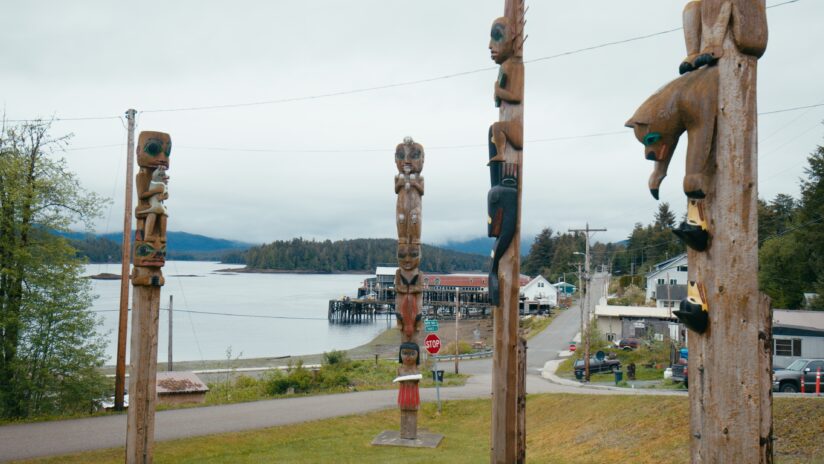
The seaweed and oyster sectors might help retain young people, including Indigenous people, in coastal communities.
Innovation needed
Localized processing and scalable biorefineries
There is significant potential for developing localized processing technologies that local communities can easily maintain and operate. Establishing scalable biorefineries capable of processing various seaweed species into food-grade, animal-grade, and industrial products would significantly enhance the value chain. This would not only reduce operational costs but also support the local economy by keeping more processing within the state.
Market development and cooperation
The industry could expand its market development efforts by understanding consumer preferences to bridge the cultural gap. Creating products that appeal to Western tastes and establishing a national marketing board could help build brand recognition. Moreover, diversifying the potential markets into, for example, biostimulants, pet food and animal feed can further drive demand and market growth.
Leveraging existing infrastructure and workforce
The seaweed industry in Alaska could use the established infrastructure and workforce from the fishing industry. During the off-season, when fishing activities decrease, the boats, equipment, and skilled workers typically involved in fishing can be repurposed for seaweed farming and processing. This would not only maximize the use of available resources but also provide fishermen with additional income streams.
Mariculture Research-Community Program
Case study Native Village of EyakThe Native Village of Eyak runs unique mariculture initiatives that blend high-end R&D with a profound commitment to community well-being. Considering different applications for locally grown kelp, they are testing scalable cultivation methods and transforming a natural resource into a tangible solution for local food security in Cordova, Alaska. Their work serves as a model for how local needs can drive research and product development.
Innovations & approach
Notable features
- Vertical farming: Conducting kelp cultivation research and testing a vertical farming method inspired by Ocean Rainforest from the Faroe Islands. This innovative approach, which uses a long surface line with vertical dropper lines, allows for more kelp to be grown in a smaller surface area, opening up new, more exposed areas for farming that were previously unsuitable for traditional horizontal longline methods.
- Kelp-to-Soil: Recognizing a critical local challenge, the lack of accessible, high-quality soil in Cordova, the Native Village of Eyak has partnered with a Washington State University soil scientist to research the use of kelp as a soil enhancement. Initial lab results show kelp significantly boosts beneficial soil bacteria, paving the way for a practical solution that can help residents cultivate their own gardens.
- Providing local fresh kelp for the Community: Processing and packaging fresh-harvested kelp for human consumption directly benefits the community, ensuring a direct and nutritious food source is available to tribal members and local residents.
If we have a pathway to turn kelp into high-quality soil here in town, that would be my five-year goal: to have enough soil with needed nutrients for anybody who wants it to be able to have a garden in their backyard or maybe even to start a farm
Growing interest in Alaska
In May 2024, Kelp Blue was granted a lease for a 121-acre (around 50-hectare) giant kelp farm in Sea Otter Sound, located near Prince of Wales Island. This approval marked a notable step forward for the company. Just a month earlier, in April 2024, Kelp Blue had also applied for licenses to establish additional kelp farms, requesting 150-acre and 200-acre sites in the Gulf of Esquibel. These efforts reflect the company's commitment to expanding its kelp farming operations in these coastal areas.
We firmly believe Kelp Blue will bring tremendous value to Prince of Wales Island and the broader mariculture industry. We will be harvesting giant kelp in this area, creating significant opportunities for jobs and growth for those ready to be a part of this growing industry. We are excited about the work we're doing here and eager to establish strong roots in this community.
The future of the industry
Local perspective
Mariculture in Alaska shows potential for providing year-round employment and supporting local communities. This offers a sustainable alternative to the state's heavy reliance on seasonal tourism and declining oil revenues. By promoting a robust mariculture industry, including kelp and oyster farming, Alaska can establish a more resilient economy with increased tax revenues benefiting local communities and the state. Embracing this shift to a year-round economic model would encourage residents to stay in the state, creating steadier job opportunities and contributing to financial stability.
Shaan Seet has a strong interest in mariculture. We feel it will bring economic development to our island, which is much needed. We believe it will bring great ecological balance to our environment, help rebuild the oceans, and set us on a more sustainable path in the future for fisheries in general.
The global perspective
Anchorage has historically been a significant freight hub and a gateway to the Far East, making Alaska well-positioned to market mariculture products internationally. Leveraging this strategic location, Alaska can efficiently export premium seafood to meet the constant demand in global markets. Furthermore, the state's vast and underutilized coastline offers ample space for sustainable mariculture development, setting Alaska apart from regions facing overcrowding and limited opportunities for ocean-based activities. This combination of transportation advantages and abundant coastal resources presents a substantial opportunity for Alaska to serve worldwide markets and drive economic growth by expanding its mariculture industry.
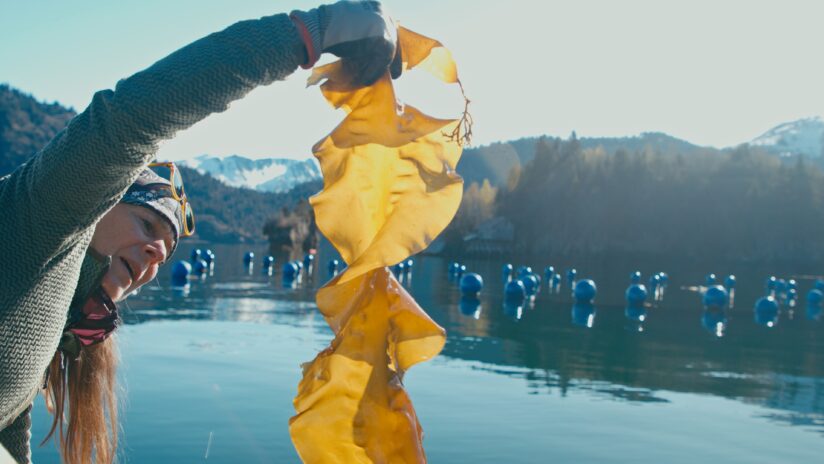
With a comprehensive view of the entire value chain, we incorporated feedback from various partners and the study's findings to emphasize strategic actions that can harness the innovative efforts of local players to overcome crucial bottlenecks in the Alaskan seaweed industry.
Scaling
- With over 30,000 square miles of shoreline, authorized shellfish and seaweed farms currently occupy merely ~1,200 acres, approximately 2 square miles, highlighting the state's vast ocean space compared to other states for diverse marine activities like mariculture to flourish.
- The strategic placement of farms in proximity to regional transportation hubs and populated areas is crucial. Clustering farms together can foster cost-efficient collaborations and valuable business partnerships, offering significant economic benefits.
- Expanding the industry while maintaining the balance between family operations and full-fledged corporation farms can sustain supply to meet the rising demand for seaweed products.
The challenge with fishermen's transition into aquaculture is that they've got tens of thousands of years of expertise as hunters and gatherers, and transitioning to farmers is a huge cultural change.
Diversification
- The combination of seaweed and oyster production shows promise for increasing the profitability of aquatic farms in Alaska. Farmers who can cultivate multiple species could make more efficient use of their investments in infrastructure, equipment, and labor.
- Regulatory and permitting procedures should consider and support diverse farm operations and innovative research and development efforts aimed at overcoming the technical and technological challenges of growing these aquatic species in Alaska.
Mariculture is very similar to the logging industry in the sense that it creates sub-industries off the primary industry that drives everything. Its economics have a lot of reverberatory effects throughout the community.
Fisheries and farming
- In Alaska, the seasonal rhythms create a unique connection between farming and fishing. Kelp farming mainly occurs during the off-season of commercial salmon fisheries (planted in the fall and harvested in the spring), while oyster farming is mainly a summer activity, complementing winter fisheries.
- Commercial fishing vessels are well-suited for kelp farming and can be repurposed for harvesting and primary processing, as shown by Mothers of Millions.
- Since most aquatic farmers continue with their commercial fishing activities to maximize income streams, fishing operations can also take advantage of their vessels, skilled workforce, established waterfront properties, and processing facilities to overcome some logistical challenges in kelp and oyster production.
